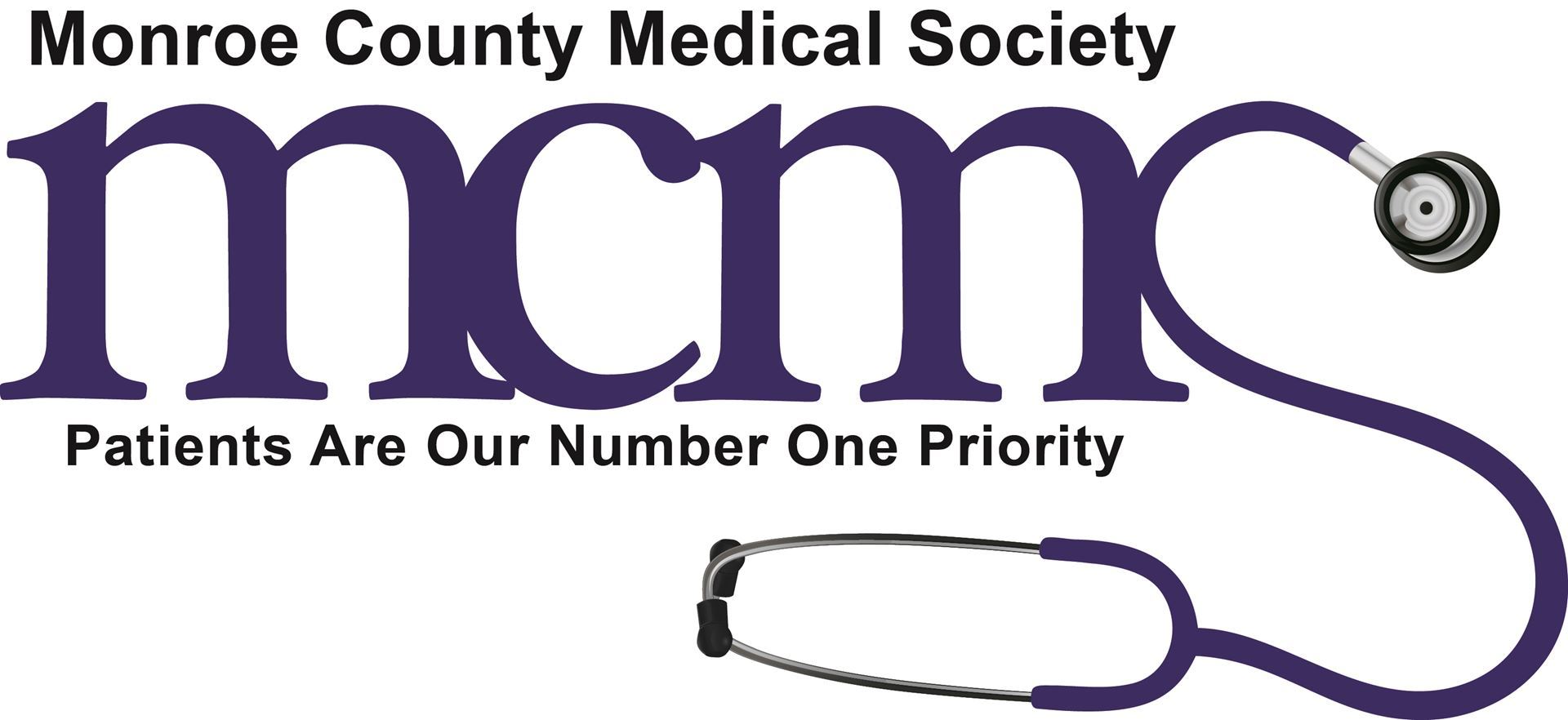Patient-Driven Groupings Model (PDGM)
The Patient Driven Grouping Model (PGDM), is a new reimbursement model slated to begin Jan. 1, 2020 for Home Health Agencies (HHAs). It requires shorter timetables for physician orders and signatures and more specific primary diagnoses.
Additionally, Under PDGM, each episode of care will be categorized based on five factors:
- Early or late: Only the first 30-day episode will qualify as early. This is a significant change, as currently the first two 60-day episodes are early.
- Institutional or community: Care will be classified as institutional if admission to the Home Agency is within 14 days of an acute stay.
- Clinical grouping: Based on principal diagnosis, patients would be assigned to one of six major clinical groups.
- Functional level: This will use the OASIS questions to group patients into low, medium or high impairment.
- Comorbidity adjustment: This breaks down into no adjustment, low adjustment or high adjustment.
Changes that will have the greatest impact on physician ordering process’s for authorizing home care services, and where we are in need of your support and assistance.
First, there will be a change in the unit of home health payment from a 60-day episode to a 30-day period. CMS believes this will give patients a higher standard of care. This means all orders and Face-to-Face documentation must returned to the HHA signed and dated prior to billing each 30-day episodic claim. This allows for about a one-week turnaround time from your office back to HHA in order meet their billing deadline.
Second, referrals for home care must include very specific details on services needed.
- The new model relies more heavily on clinical characteristics/groupings and other patient information to place home health periods of care into meaningful payment categories.
- The groupings are based on the primary diagnosis reported on the claim. Patients without a primary diagnosis that fits into a clinical group will not be eligible for reimbursement.
- Effective January 1st, most non-specific, and all symptom codes will no longer be allowed as a primary diagnosis.
Top Ten Diagnosis Codes No Longer Accepted
- M62.81 Muscle weakness (generalized) (unknown etiology)
- R26.89 Other abnormalities of gait and mobility (unknown etiology)
- M54.5 Low back pain
- R26.81 Unsteadiness on feet (unknown etiology)
- M25.561 Pain in right knee (unknown etiology)
- R33.9 Retention of urine, unspecified
- M25.551 Pain in right hip (unknown etiology)
- R78.81 Bacteremia
- R29.6 Repeated falls (unknown etiology)
- R13.10 Dysphagia, unspecified (unknown etiology)
Under PDGM HHAs are required to receive far more specific diagnosis codes or face rejected claims. This does not mean that patients with these codes cannot receive services from home care, rather they would need to be tied to a more specific diagnosis. For example, if you place a referral for M25.561 - Pain in right knee it would result in a rejected claim. Instead you could use the alternative of right knee pain due to baker’s (Popliteal) cyst, patellar tendinitis, or right knee derangement due to an old meniscus tear.
Other examples include:
M62.81 - Muscle weakness (generalized)
Example Alternatives:
- Sarcopenia
- Rhabdomyolysis
- Amyotrophic lateral sclerosis
- Muscle wasting and atrophy (Need site and laterality)
R78.81 – Bacteremia
For this diagnosis, the source infection that the bacteria is originating from has to be known
Example sources of infection:
- Urinary tract infection
- Endocarditis
- Infection originating from a cutaneous wound such as an ulcer, traumatic wound, abscess
- Osteomyelitis (Please specify site and chronicity)
The Physician’s Role under PDGM
- Be specific on the primary patient issue.
- Identify what is causing the symptoms such as weakness, debility, abnormal gait.
- Work with the HHA to develop an effective physician query tool or process to use when questions arise about diagnosis.
- Complexity of managing shorter billing cycles
Under Medicare, HHAs must have all orders, including the Plan of Care, back in the office with signature, date and time before any billing can be completed. Here’s a few ways you can help:
- Develop a plan with HHAs for efficient information exchange. Do you prefer fax, electronic mail, hand delivery? Let them know what works for you!
- Review, sign, date and time orders as quickly as possible.
- Consider designating a contact person in your office as the liaison for home care agencies. This could help promote continuity between the office and agency and reduce delays in patient care.
DO
| DON'T
|
